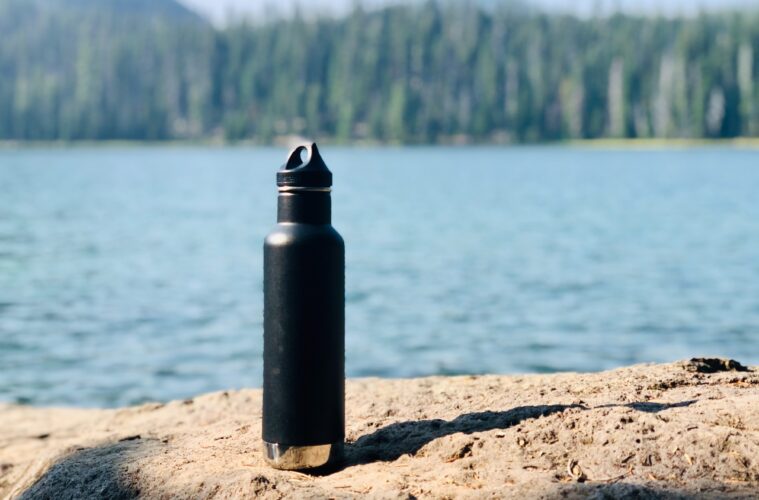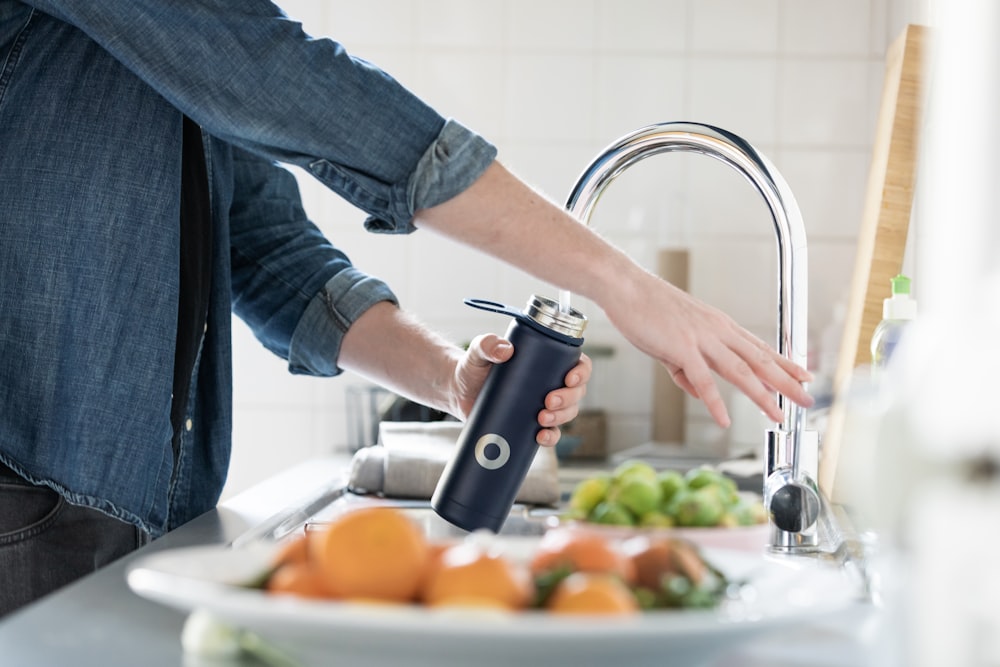In recent years, there has been a growing awareness of the environmental impact of single-use plastic bottles. As a result, many individuals are making the switch to reusable water bottles as a more eco-friendly alternative. But why is buying a reusable water bottle better for the environment? In this article, we will explore some compelling reasons that highlight the environmental benefits of using reusable water bottles. From reducing plastic waste to minimizing carbon emissions, choosing a reusable water bottle is a small change that can make a big difference in protecting our planet.
Reduction of plastic waste
Plastic bottle consumption has reached staggering levels in recent years, resulting in a significant environmental concern. According to research, approximately one million plastic bottles are bought globally every minute, and a vast majority of them end up in landfills or polluting our oceans. These bottles take hundreds of years to decompose, releasing harmful chemicals and microplastics into the environment. The sheer volume of plastic waste generated by single-use bottles is not sustainable and demands immediate action.
One of the most effective ways to address the issue of plastic bottle waste is by embracing reusable water bottles. By opting for a reusable bottle, individuals can significantly reduce their reliance on single-use plastics. These bottles are designed to be durable and long-lasting, making them a sustainable alternative to constantly purchasing disposable bottles. With proper care, a single reusable bottle can replace hundreds or even thousands of disposable plastic bottles over its lifetime.
The production of single-use plastic bottles requires significant amounts of resources, including water, energy, and fossil fuels. By choosing a reusable water bottle, individuals can help minimize the demand for plastic bottle manufacturing. This, in turn, reduces the extraction of raw materials and the energy consumption associated with production. Moreover, using a reusable bottle means fewer bottles being discarded, leading to a significant reduction in plastic waste that would otherwise end up in landfills or oceans. By making this small change, we can collectively make a significant impact on reducing the environmental burden caused by single-use plastic bottles.
Conservation of natural resources
The production of plastic bottles requires vast amounts of natural resources, including water and fossil fuels. The extraction and processing of these resources contribute to environmental degradation and energy consumption. As the demand for plastic bottles continues to rise, so does the strain on our already limited resources. The folks at ironflask.com note that choosing a reusable water bottle can help alleviate the strain on natural resources. By using a single bottle repeatedly, the need for constant production and extraction of resources is significantly reduced. Additionally, many reusable bottles are made from materials like stainless steel or glass, which are more sustainable options compared to petroleum-based plastics. The manufacturing process of plastic bottles requires significant amounts of water and energy. By reducing our consumption of single-use plastic bottles and opting for reusable alternatives, we can conserve these valuable resources.
Mitigation of carbon emissions
The production and transportation of single-use plastic bottles contribute to greenhouse gas emissions and climate change. The extraction of fossil fuels, the manufacturing process, and the long-distance transportation of plastic bottles all contribute to carbon emissions. These emissions further exacerbate the environmental challenges we face today.
Choosing reusable water bottles can play a significant role in mitigating carbon emissions. By reducing the demand for single-use plastic bottles, we reduce the need for fossil fuel extraction and manufacturing processes that emit greenhouse gasses. Additionally, using a reusable bottle eliminates the need for transportation-related emissions associated with distributing bottled water.
Health Benefits and Cost-effectiveness
Plastic bottles, especially those made from low-quality materials, can leach harmful chemicals into the water they contain. Bisphenol A (BPA), a chemical commonly found in plastic bottles, has been linked to various health issues, including hormone disruption and increased risk of certain diseases. By choosing a reusable water bottle made from safer materials, such as stainless steel or BPA-free plastics, individuals can avoid potential health risks associated with chemical leaching.
While purchasing a reusable water bottle may require an upfront investment, it proves to be cost-effective in the long run. With a reusable bottle, individuals can refill it with tap water or filtered water instead of buying single-use plastic bottles repeatedly. This eliminates the need to spend money on bottled water, leading to substantial savings over time. Additionally, reusable bottles are designed to be durable and long-lasting, reducing the frequency of replacements and further saving money in the future.
In conclusion, there are compelling reasons why buying a reusable water bottle is better for the environment. By making the switch to reusable options, we can make a positive impact in several key areas. Reusable water bottles help reduce plastic waste, minimize resource consumption, mitigate carbon emissions, and provide health benefits while being cost-effective. It’s crucial for individuals to recognize the environmental consequences of single-use plastic bottles and take proactive steps toward a more sustainable future. By choosing reusable water bottles, we can contribute to the preservation of our planet’s resources, reduce pollution, and protect our own health. Let’s make the conscious choice to prioritize the environment and embrace reusable water bottles as a simple yet impactful way to make a difference.
Published by HOLR Magazine.




